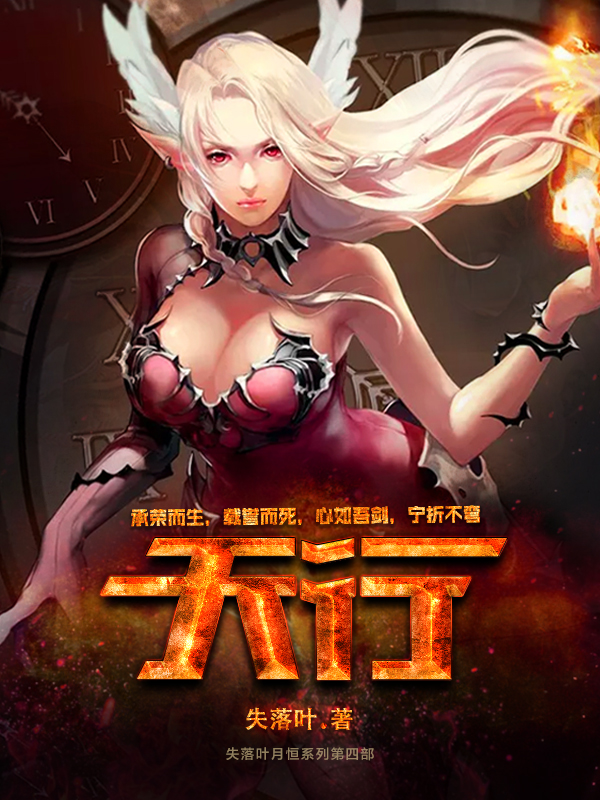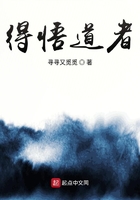In the American War of Independence, [74] these unwieldy lines were met by bands of rebels, who although not drilled were all the better able to shoot from their rifled guns; they were fighting for their vital interests, and therefore did not desert like the mercenaries;nor did they do the English the favour of encountering them also in line and on clear, even ground. They came on in open formation, a series of rapidly moving troops of sharpshooters, under cover of the woods. Here the line was powerless and succumbed to its invisible and inaccessible opponents. Skirmishing was reinvented -- a new method of warfare which was the result of a change in the human war material.
What the American Revolution had begun the French Revolution [75] completed, also in the military sphere. It also could oppose to the well-trained mercenary armies of the Coalition only poorly trained but great masses of soldiers, the levy of the entire nation. But these masses had to protect Paris, that is, to hold a definite area, and for this purpose victory in open mass battle was essential. Mere skirmishes would not achieve enough;a form had to be found to make use of large masses and this form was discovered in the column. Column formation made it possible for even poorly trained troops to move with a fair degree of order, and moreover with greater speed (a hundred paces and more in a minute); it made it possible to break through the rigid forms of the old line formation; to fight on any ground, and therefore even on ground which was extremely disadvantageous to the line formation; to group the troops in any way if in the least appropriate;and, in conjunction with attacks by scattered bands of sharpshooters, to contain the enemy's lines, keep them engaged and wear them out until the moment came for masses held in reserve to break through them at the decisive point in the position. This new method of warfare, based on the combined action of skirmishers and columns and on the partitioning of the army into independent divisions or army corps, composed of all arms of the service -- a method brought to full perfection by Napoleon in both its tactical and strategical aspects -- had become necessary primarily because of the changed personnel: the soldiery of the French Revolution. Besides, two very important technical prerequisites had been complied with: first, the lighter carriages for field guns constructed by Gribeauval, which alone made possible the more rapid movement now required of them; and secondly, the slanting of the butt, which had hitherto been quite straight, continuing the line of the barrel. Introduced in France in 1777, it was copied from hunting weapons and made it possible to shoot at a particular individual without necessarily missing him. But for this improvement it would have been impossible to skirmish with the old weapons.
The revolutionary system of arming the whole people was soon restricted to compulsory conscription (with substitution for the rich, who paid for their release) and in this form it was adopted by most of the large states on the Continent. Only Prussia attempted through its Landwehr system, [76] to draw to a greater extent on the military strength of the nation. Prussia was also the first state to equip its whole infantry -- after the rifled muzzle-loader, which had been improved between 1830 and 1860 and found fit for use in war, had played a brief role --with the most up-to-date weapon, the rifled breech-loader. Its successes in 1866 were due to these two innovations. [77]
The Franco-German War was the first in which two armies faced each other both equipped with breech-loading rifles, and moreover both fundamentally in the same tactical formations as in the time of the old smoothbore flint-locks. The only difference was that the Prussians had introduced the company column formation in an attempt to find a form of fighting which was better adapted to the new type of arms. But when, at St. Privat on August 18, [78] the Prussian Guard tried to apply the company column formation seriously, the five regiments which were chiefly engaged lost in less than two hours more than a third of their strength (176 officers and 5,114 men). From that time on the company column, too, was condemned as a battle formation, no less than the battalion column and the line; all idea of further exposing troops in any kind of close formation to enemy gun-fire was abandoned, and on the German side all subsequent fighting was conducted only in those compact bodies of skirmishers into which the columns had so far regularly dissolved of themselves under a deadly hail of bullets, although this had been opposed by the higher commands as contrary to order; and in the same way the only form of movement when under fire from enemy rifles became the double. Once again the soldier had been shrewder than the officer; it was he who instinctively found the only way of fighting which has proved of service up to now under the fire of breech-loading rifles, and in spite of opposition from his officers he carried it through successfully.
The Franco-German War marked a turning-point of entirely new implications.















